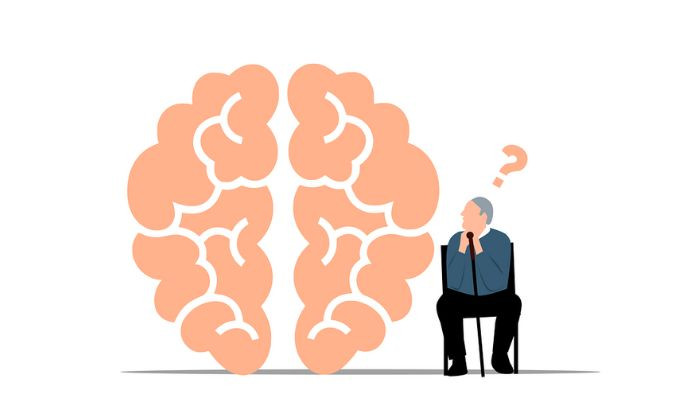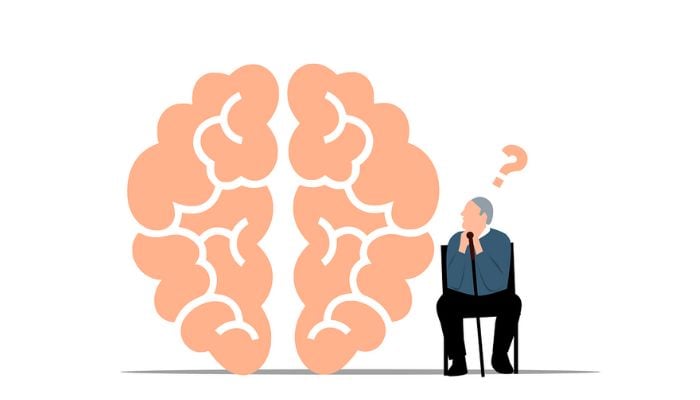This simple test could help identify people with Alzheimer’s disease
A recent study published in Acta Neuropathologica has found that eyes can be a good source to determine if a person is living with Alzheimer’s or any other cognitive disease.
The researchers working on the study explored how the human eye can help identify people with Alzheimer’s even before any symptoms begin to appear.
The director of medical education at the Institute for Neurodegenerative Diseases in diBoca Raton, Florida, Dr Christine Greer, believes that eyes are a good source of insights on the brain. The entire nervous system can be judged by observing the optic nerve and retina.
The authors observed retina and brain tissue samples donated by 86 people in the past 14 years. These people had different mental illnesses. Their samples were compared to those with normal and mild cognitive functions including those living with Alzheimer’s disease.
Dr Richard Isaacson, an Alzheimer’s preventive neurologist, maintained that the disease begins in the brain long before its symptoms, and if it is identified in its early stages, people can opt for a healthy lifestyle, controlling “modifiable risk factors, like high blood pressure, high cholesterol, and diabetes.”
The study found a significant factor of Alzheimer’s disease — beta-amyloid — in people with both Alzheimer’s and early stages of mental impairment.
Microglial cells — which maintain and repair cells and clear beta-amyloid from the retina and brain — decreased by 80% in people with cognitive complications, the study found.
“Our study is the first to provide in-depth analyses of the protein profiles and the molecular, cellular, and structural effects of Alzheimer’s disease in the human retina and how they correspond with changes in the brain and cognitive function,” CNN quoted senior author of the study Maya Koronyo-Hamaoui, a professor of neurosurgery and biomedical sciences at Cedars-Sinai in Los Angeles as saying.
She also added: “These changes in the retina correlated with changes in parts of the brain called the entorhinal and temporal cortices, a hub for memory, navigation and the perception of time.”
Isaacson was of the view that inflammation signs were [also] seen, which may be an equally important factor in pinpointing the growth of the disease.
He also said the eye tests can prove helpful in “early diagnosis and treatment” in those people with no apparent symptoms.
The study highlighted that the inflammation in cells and degeneration of tissues in the nearby retina help to predict cognitive status.
For all the latest health News Click Here


